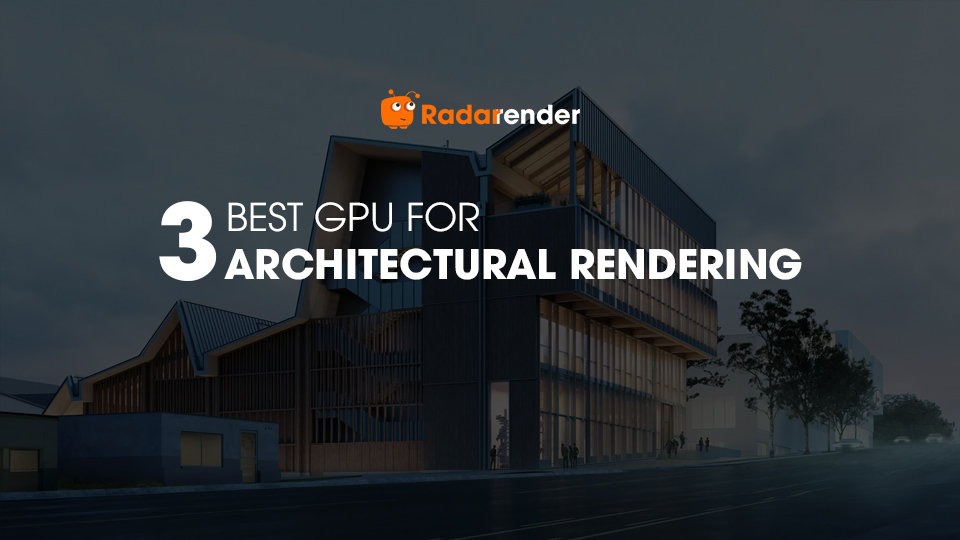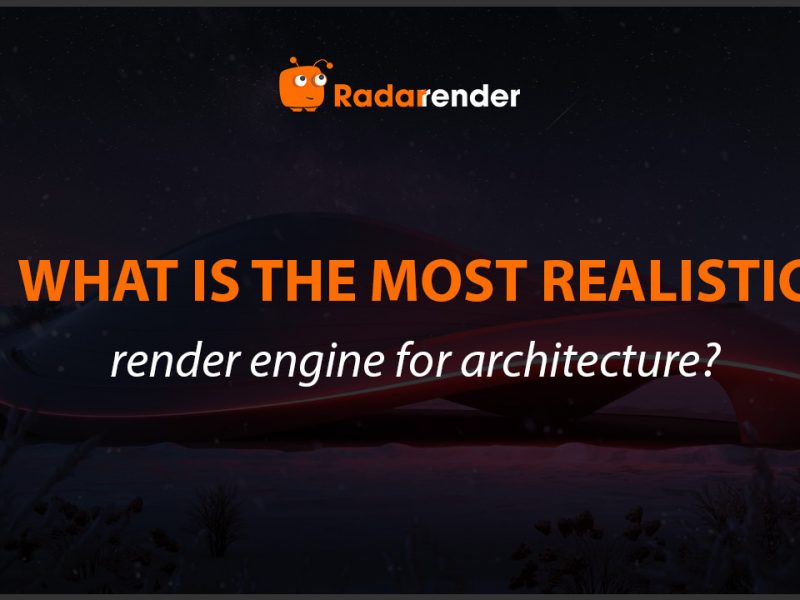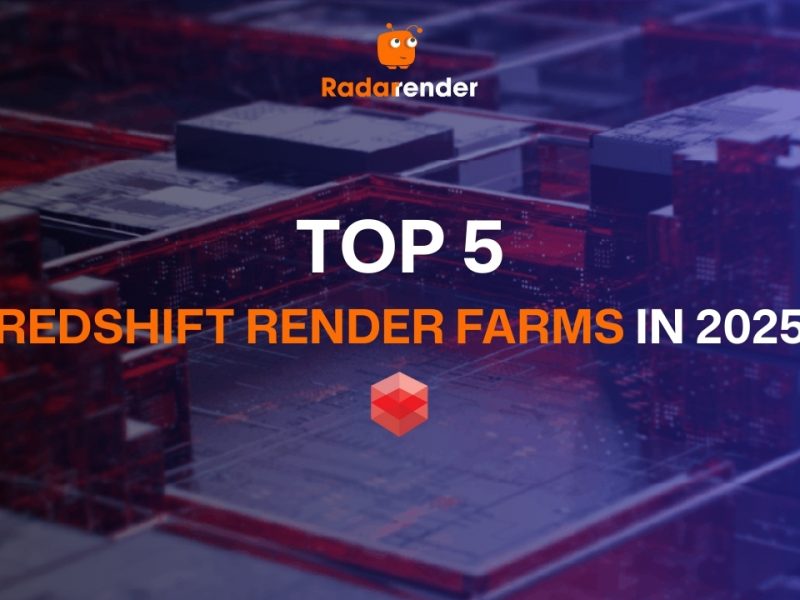3 best GPU for architectural rendering
Finding the best GPU for architectural rendering is not an easy task, it depends on many factors such as the software you are using, the render engine, or specific project requirements. However, based on our experience and research, Radarrender can provide you with the 3 best options. Let’s explore them together right now!
Overview of architectural rendering
What is architectural rendering?
Architectural rendering is the process of creating realistic images and videos of a proposed building or structure including Interior, exterior and aerial rendering. It’s a way to see the finished product’s appearance before a single brick is laid.
Through architectural rendering, architects and designers can present their ideas lifelike. It allows customers to see what their project will look like in reality and whether they want to adjust anything to suit their needs.
Best architecture rendering software
Numerous software options support the architectural rendering process, with some being particularly popular. The following list outlines software options for your reference. Consider the software you are currently using and thoroughly review the minimum requirements, combined with Radarrender’s expertise, to identify a suitable selection.
- Chaos V-Ray
- Lumion
- Twinmotion
- Enscape
- D5 Render
- Unreal Engine
- Corona Renderer
- Cycles Blender
What are the factors to consider when finding the best GPU for architectural rendering?
Speed of GPU
- Core Clock Speed: Measured in Megahertz (MHz) or Gigahertz (GHz), this indicates the number of cycles the GPU’s cores can complete in a second. Higher core clock speeds translate to faster processing of graphics-related tasks.
- Memory Clock Speed: refers to the speed at which the GPU can access and process data stored in its Video RAM (VRAM). Measured similarly to core clock speed, a faster memory clock allows for quicker data retrieval, impacting overall performance.
- Number of Cores (Stream Processors): GPUs have numerous cores for handling graphical computations. More cores enable parallel processing, tackling complex tasks faster than fewer cores.
VRAM Capacity: This determines the amount of data the GPU can store at once. High-resolution textures, complex lighting effects, and large models all require significant VRAM. Insufficient VRAM can lead to bottlenecks, slowing down rendering. - Memory Bandwidth: This reflects the rate at which data can flow between the VRAM and the GPU cores. Imagine it as the number of lanes on a highway; wider lanes (higher bandwidth) allow for faster data transfer, improving performance.
- Architecture: The underlying design of the GPU plays a crucial role. Newer architectures often introduce improvements in efficiency, power management, and core functionality, leading to faster processing compared to older architectures.
Cost of GPU
You must carefully assess the cost of the GPU as well. It’s crucial to stay within your budget when selecting one. Hence, meticulously examine the GPU specifications and opt for a model that aligns with both your financial constraints and your requirements.
Rendering Workload
You must assess your projects, particularly rendering tasks such as architectural visualization, interior design, or urban planning. Different types of rendering will have varying GPU requirements, so consider carefully to make an appropriate choice.
Besides that, you also need to consider the Ray tracing capabilities and AI acceleration technologies (like NVIDIA’s RTX or AMD’s Radeon ProRender) can significantly enhance rendering quality and speed by simulating realistic lighting effects and optimizing rendering workflows.
So, let’s explore the best GPU for architecture rendering!
Best GPU for architectural rendering
NVIDIA RTX 4090 – Best GPU for 3D rendering
NVIDIA RTX 4090 is NVIDIA’s latest graphics card model and is also the most powerful graphics card line today.
- CUDA Cores: 16,384
- VRAM: 24GB GDDR6X
- Clock speed: 2.5 GHz (PC Magazine reported an overclock of over 4 GHz).
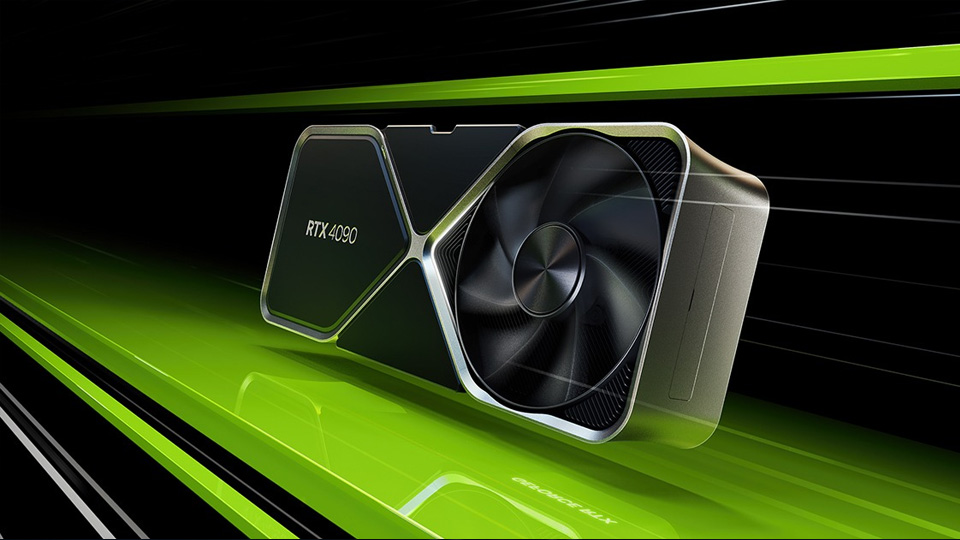
The RTX 4090 is built on Nvidia’s latest Ada Lovelace architecture, which is designed to deliver significant performance improvements over previous generations. Particularly, the graphics card uses AI to enhance graphics performance and quality, such as with features like DLSS that can upscale images without sacrificing quality.
However, the cost of NVIDIA RTX 4090 is high price – of course, it is suitable for the power of this graphic card. This GPU currently retails well above $2,000.
NVIDIA GeForce RTX 3090 – Best GPU for architectural rendering in terms of cost
NVIDIA GeForce RTX 3090 was launched in 2020 and continues to be a widespread choice by many designers and architects for their projects. With 24GB VRAM, this graphics card model also becomes one of the best choices for 3D work and architecture rendering.
- CUDA Cores: 10,496
- RAM: 24 GB GDDR6X
- Clock speed: 1.7 GHz
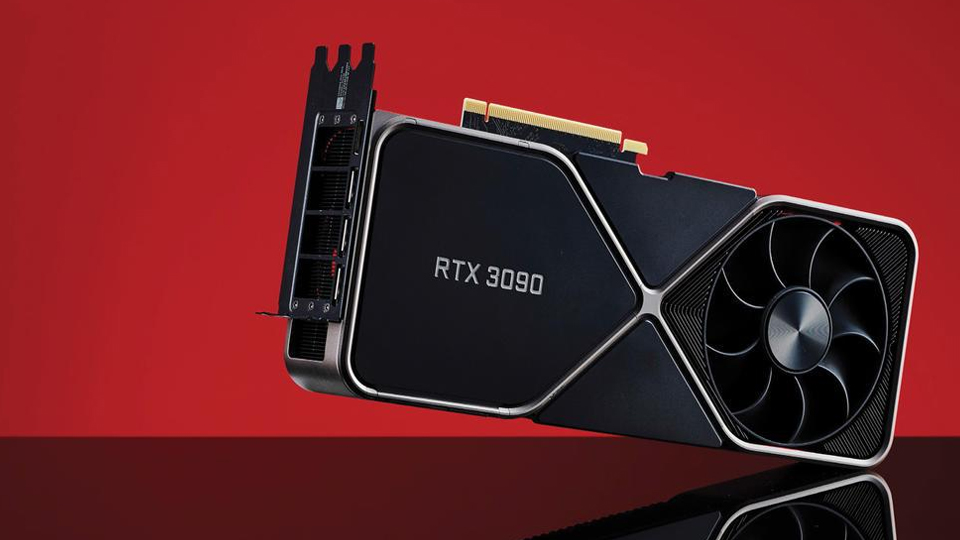
Although it has lower power than the RTX 4090, the RTX 3090 is still considered superior in terms of performance and is very suitable for rendering high-resolution and complex scenes. Besides, the cost of NVIDIA RTX 3090 is not too expensive, with half of the RTX 4090 ~$1,000, you can own this GPU.
NVIDIA Quadro RTX 6000
The NVIDIA Quadro RTX 6000 is a professional-grade GPU specifically designed for workstation use. This graphic card is a top-of-the-line graphic card and offers real-time ray tracing capabilities, high performance, AI-accelerated computing, and professional-grade graphics rendering.
- CUDA cores: 10,752
- RAM: 48GB GDDR6
- Clock speed: 1.4 GHz
Based on the key enhancements from the Ada Lovelace GPU architecture, the NVIDIA Ada Lovelace architecture provides more cores, higher clock speeds, and larger L2 cache memory for increased performance to enhance ray tracing operations, tensor matrix operations, and frame rates with DLSS 3.0.
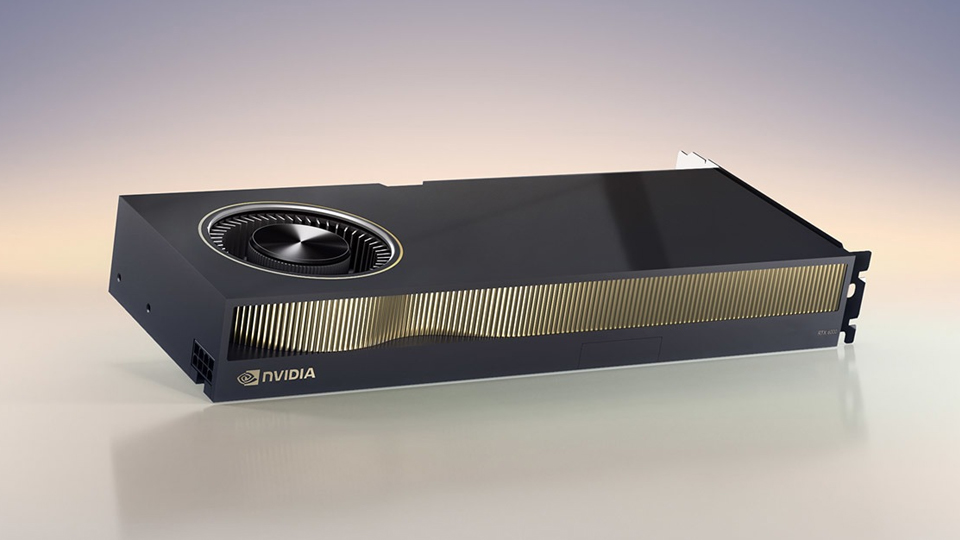
The cost of NVIDIA GeForce A6000 is so high, currently retails well above $4,650.
These are the best GPU for Architectural rendering and the top choices for your projects, catering to different budget ranges and performance requirements. When selecting a graphics card, consider factors such as software compatibility, rendering engine optimization, rendering complexity, and the specific demands of your architectural projects.
See more: Best Render Engine For Cinema 4D



